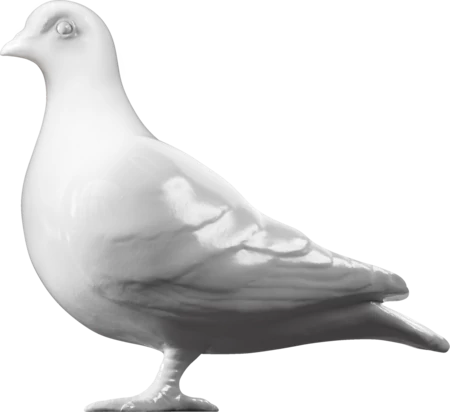Printed Ephemera — 1896
Souvenir of the Empire of India and Ceylon Exhibition, 1896
The Empire of India and Ceylon Exhibition of 1896 was the second exhibition to be held at the 24 acre (c.98,000sq. metre) Earl's Court Exhibition grounds. Built by the impressario Imre Kiralfy the site, a forerunner for Kiralfy's later White City exhibitions, included pavilions built in the Mughal Indian style and opened in 1895 with the Empire of India Exhibition. The 1896 exhibition maintained many of the features of the 1895 exhibition but also included references to Ceylon (Sri Lanka), Borneo, and Burma (Myanmar). The exhibitions were intended as an uncritical celebration of Indian culture and British colonial rule and had as Patrons four Maharajas and four Rajas, headed by the anglophile Gaekwar of Baroda. One of the highlights for both exhibitions was ‘India: A Grand Historical Spectacle’ performed daily in the site's Empress Theatre with an audience capacity of 6,000. Written and directed by Kiralfy the spectacle recounted a version of the history of India, from 1024 to the 1890s, in dance, mime and songs with grand scenery. Controversially the exhibitions also included 'live displays' of ‘native craftsmen’ and performances by acrobats, performers and jugglers from India, joined in 1896 by Sinhalese craftsmen and, as depicted in this souvenir brochure, a Burmese football team. All those contracted to travel to London 'by steamer' received warm clothing prior to departure and were required to work 10 hours a day for a monthly salary over the 6 month exhibition season. Workers were ‘supplied lodgings and food including 'live sheep and goats to be killed appropriately for their consumption.' During their time in London they were also taken to visit tourist attractions including Windsor Castle and Hampton Court
As well as celebrating the 'riches of Empire', the exhibitions attracted a wide range of visitors through a variety of entertainments and facilities. On arrival visitors entered ‘Elysia’ - a collection of popular entertainment buildings and ‘The Gigantic Wheel’ whose whose forty carriages could each accommodate thirty people. North of here lay formal gardens with fountains, surrounded by refreshment buildings, small entertainment halls, and the ‘Himalayas Gravity Railway’. Visitors could continue south-east through the ‘Indian City’ with Indian bazaars on either side of the ‘Indian Jungle’ and ‘Carpet factory’. The Indian City also contained a small mosque. They would then approach the largest buildings of the site – the Imperial Palace and the Empress Theatre. East of these, towards Earls Court Station, lay the Ducal Hall, pavilions exhibiting the liberal arts, and the Reva and Nirvana Gardens. Throughout the site were 23 refreshment halls.
- Category:
- Printed Ephemera
- Object ID:
- 82.232/15
- Object name:
- Souvenir of the Empire of India and Ceylon Exhibition, 1896
- Artist/Maker:
- J J Keliher & Co
- Related people:
- Related events:
- Related places:
- Production date:
- 1896
- Material:
paper
- Measurements/duration:
- H 248 mm, W 186 mm (overall)
- Part of:
- —
- On display:
- —
- Record quality:
- 100%
- Part of this object:
- —
- Owner Status & Credit:
Permanent collection
- Copyright holder:
digital image © London Museum
- Image credit:
- —
- Creative commons usage:
- —
- License this image:
To license this image for commercial use, please contact the London Museum Picture Library.
